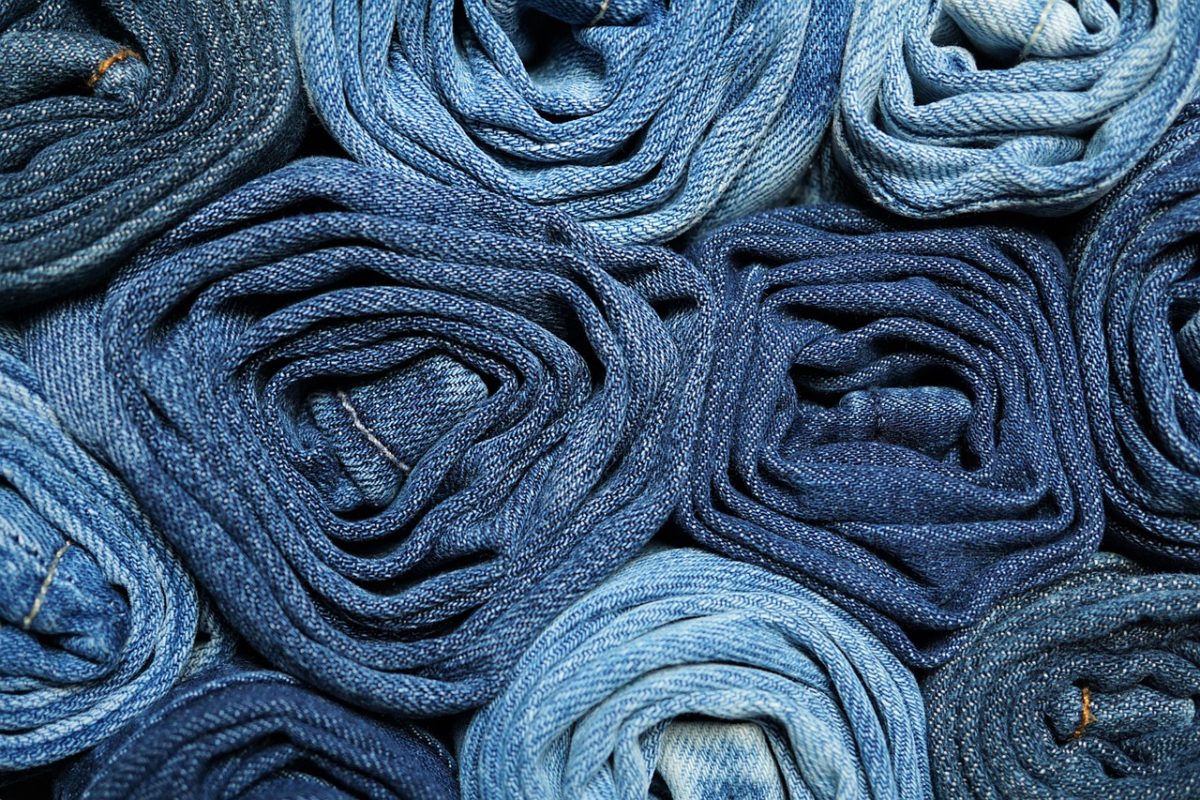Have you ever stopped and wondered if you really needed something before buying it? In today’s world, fast fashion is present everywhere you look, and for many people, it means shopping and keeping up with trends. But, the fact is that although fast fashion may be trendy and affordable, there are many negative issues that are often overlooked.
Fast fashion is a lucrative business that makes money off selling cheap and affordable clothes. For many people, the fast fashion industry provides a wide variety clothings at a cheap price. However, how are the clothes produced by fast fashion companies so cheap? The answer is low production costs. Aside from the use of low quality materials, many companies are able to make clothes while having a low price tag on them, by reducing the labor cost. With the cost of labor increasing in western countries, many companies have found sources of labor in other parts of the world, such as in South America, Central America, parts of Europe, and Asia. In many of the sweatshops, workers work in crowded factories with poor and unsafe working conditions to produce garments. Many workers, including some children are often exploited, having to work long hours, with little to no breaks and are paid below minimum wages. Many workers have also been abused physically, verbally, and sexually. However, the workers can’t complain in fear of losing their jobs and their only means to support their families. They continue to work under terrible conditions and long working hours, sometimes up to 100 or more hours a week. Workers continue to suffer in sweatshops around the world to produce billions of garments each year.
Fast Fashion is also a big contributor to pollution and climate change. With the affordability of fast fashion clothes, and the constant change of trends, people are buying more clothes and throwing away more. Every year, between 80 to 100 billion clothing garments are produced globally. However, as much as 92 million tons of clothes end up in landfills each year. Many discarded garments are packed and shipped off to many developing countries, where they would then end up in landfills piled up with mountains of unwanted fast fashion waste. This leads to pollution and health risks to the communities in the area, as garments could end up in river ways, in the ocean, and being washed up on beaches. Furthermore, the production of fast fashion clothes, as well as fast fashion waste, also contributes to climate change, with the industry alone producing about 10% of global carbon dioxide emissions. This is a big issue for our world that is already dealing with pollution and the effects of global warming.
Many negative aspects of the fashion industry are often overlooked, however those issues will still continue to persist if nothing is done about it. Fast fashion garments may be affordable and can be easily discarded without much thought, but there are always people who are suffering the consequences. It is something that we can’t ignore forever, and it is something that needs to be solved for the betterment of our world.

